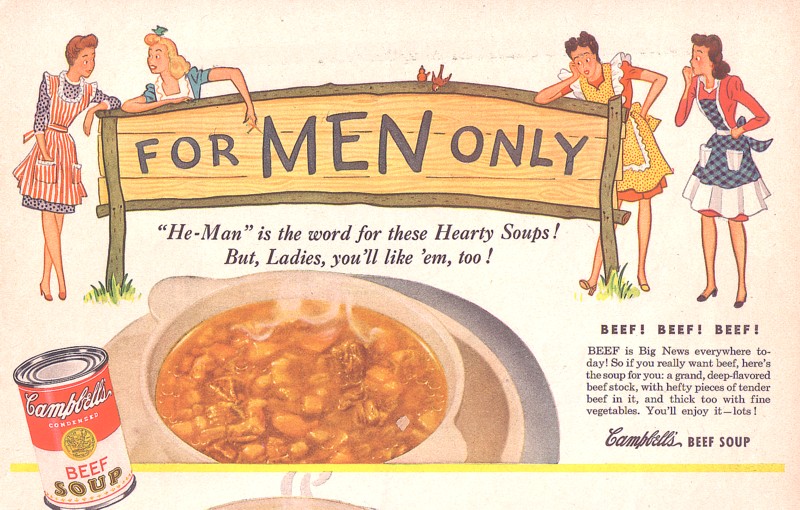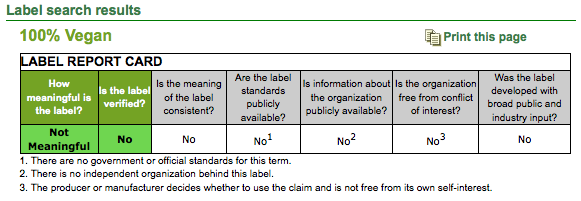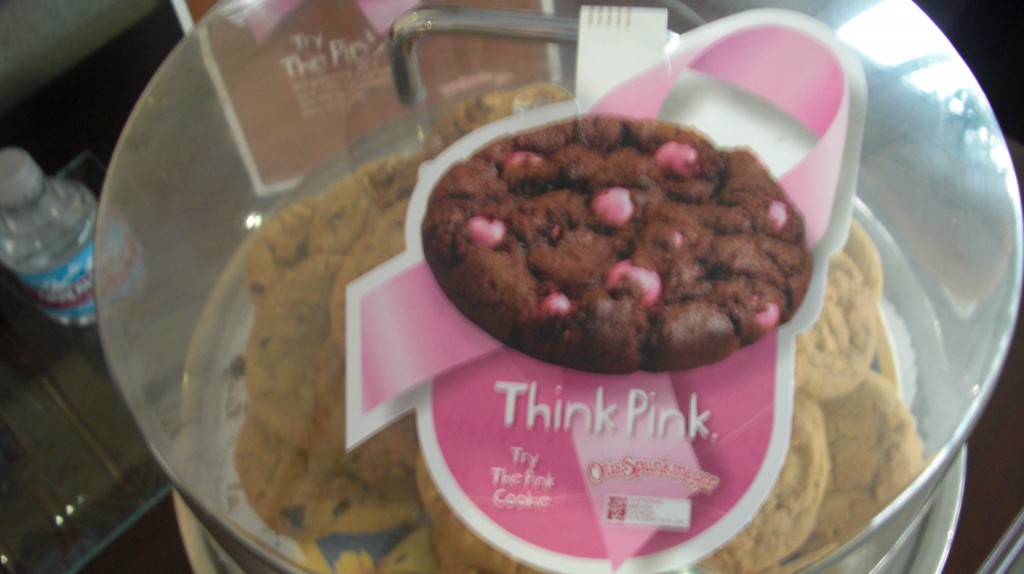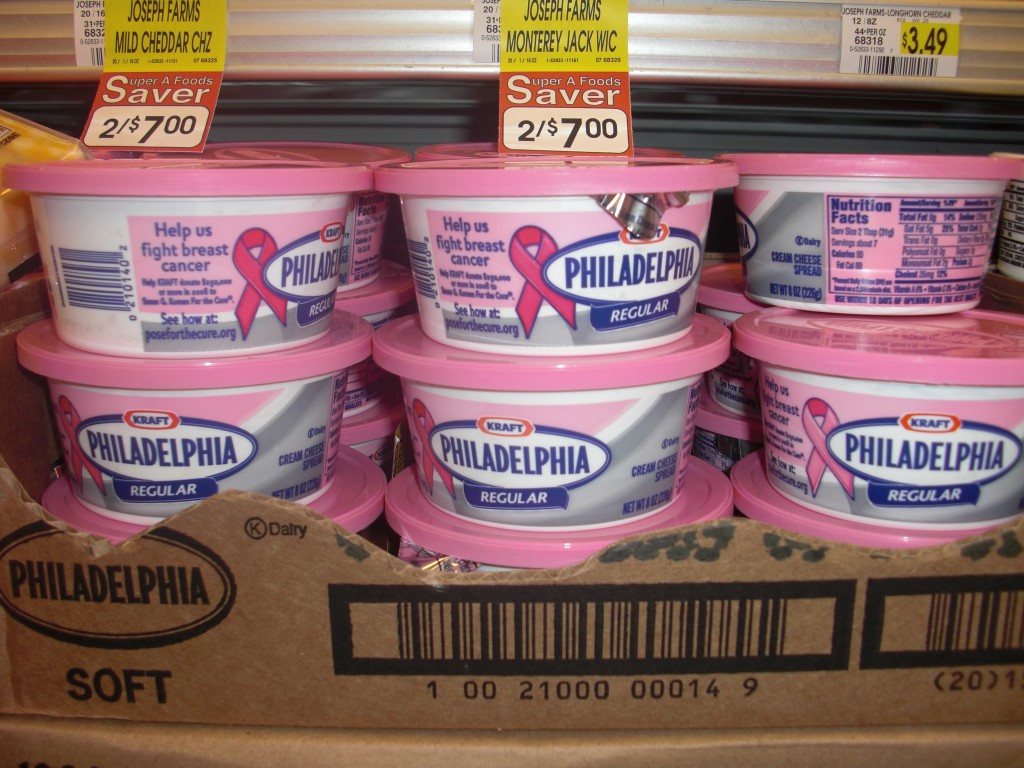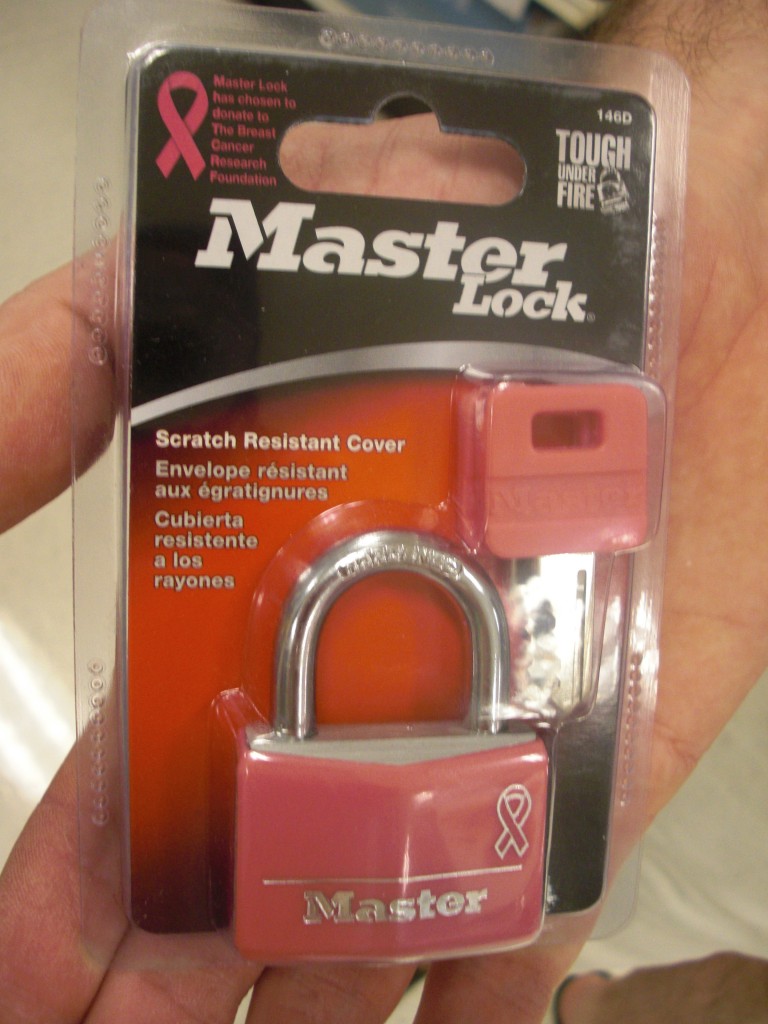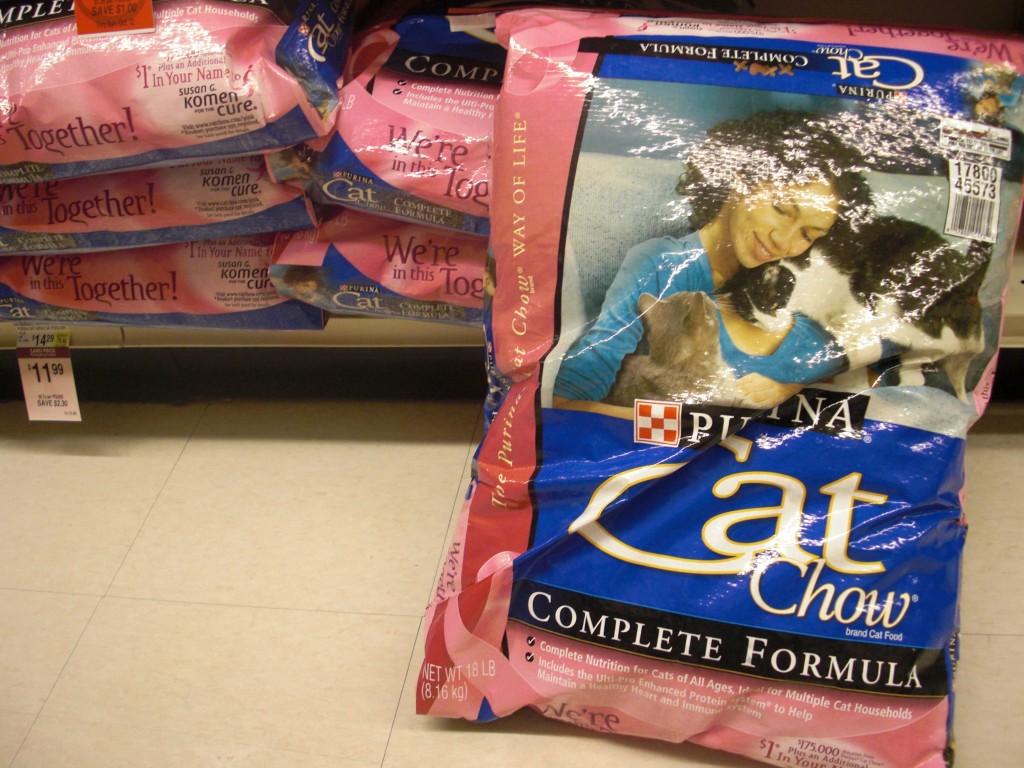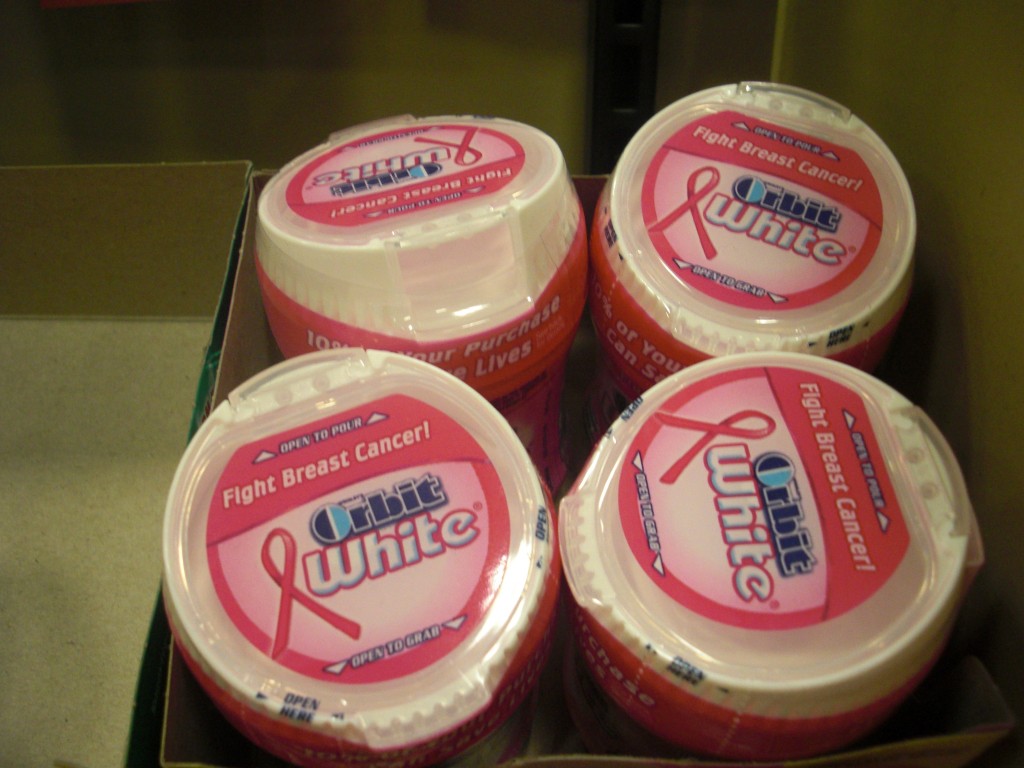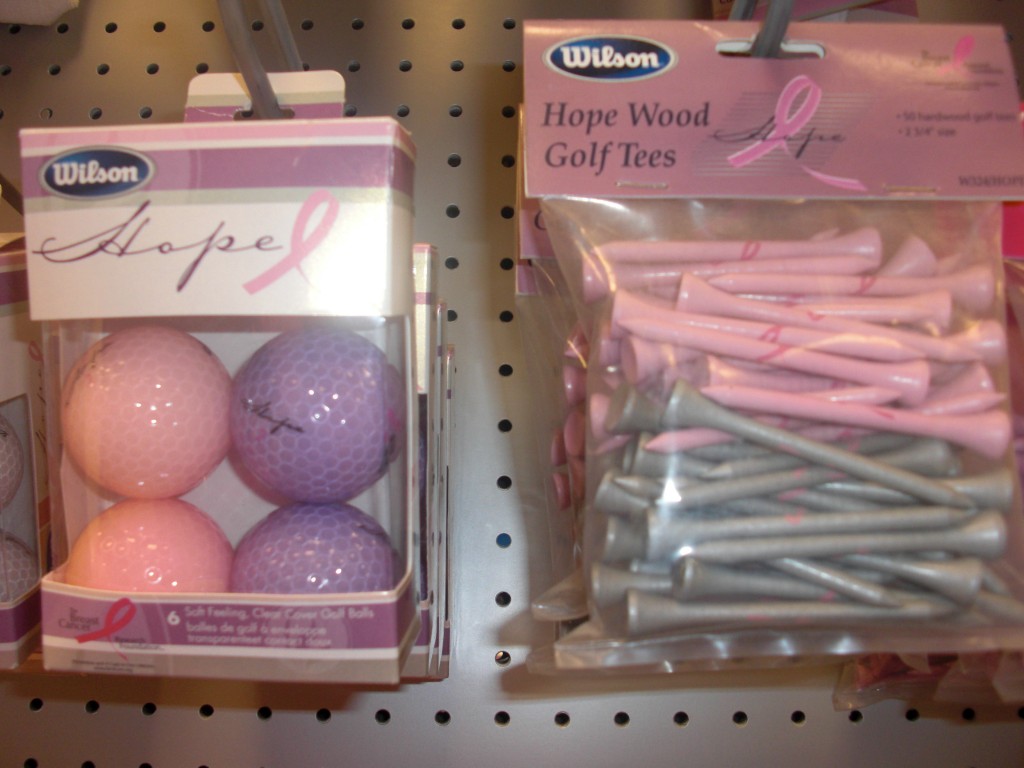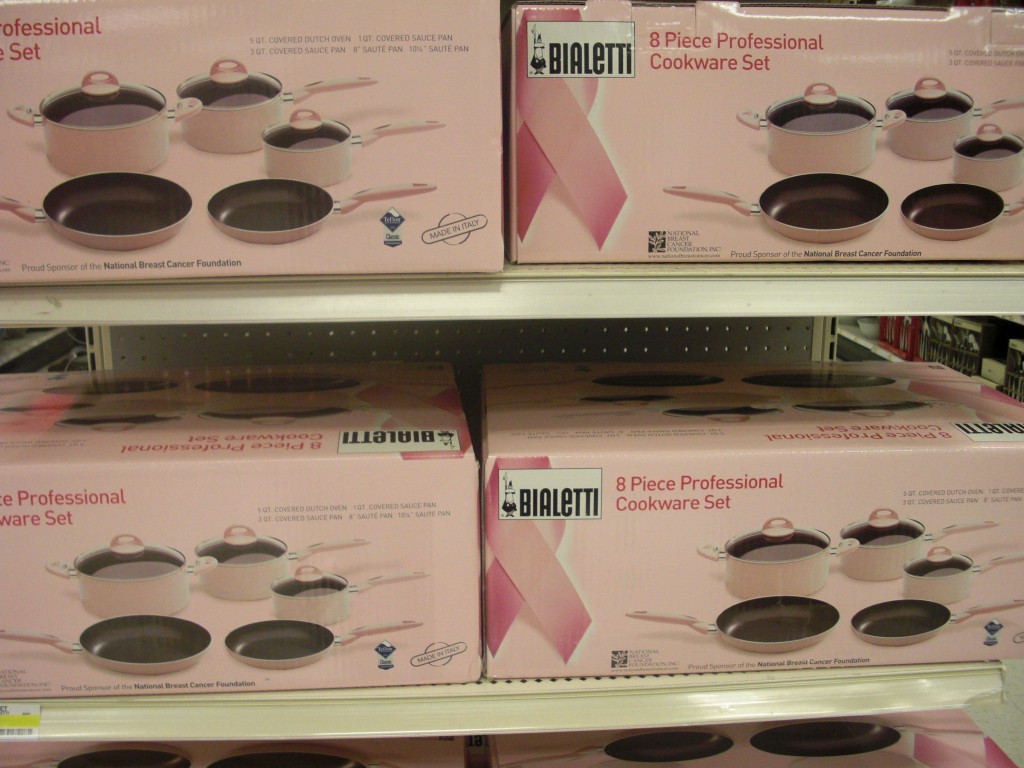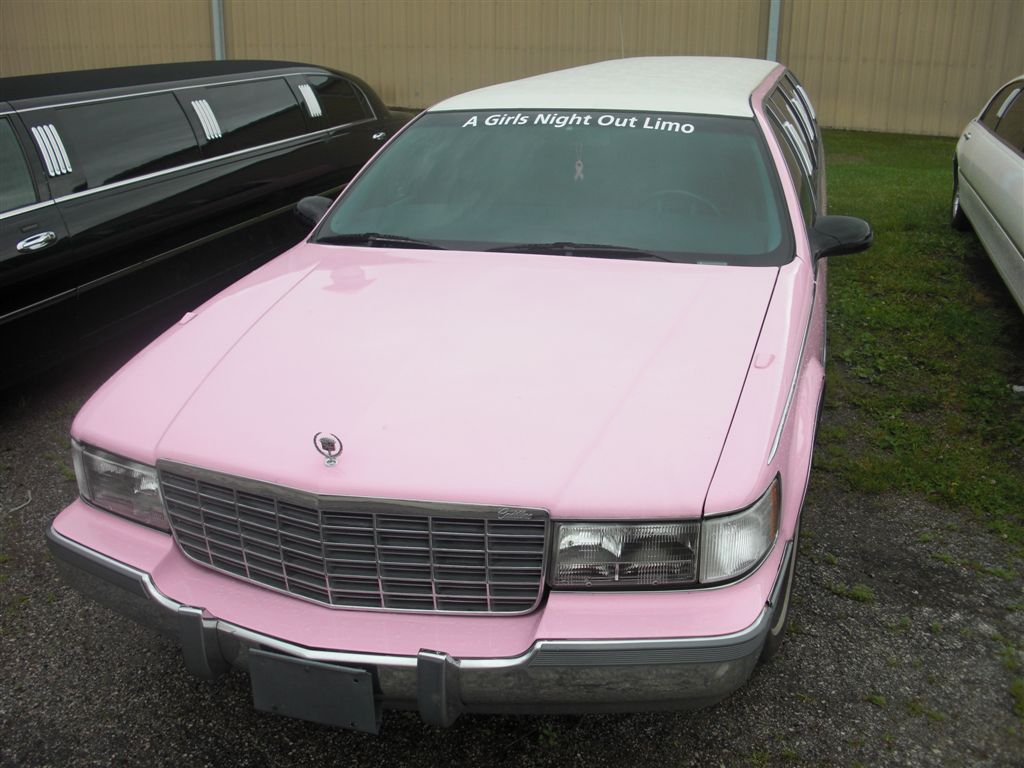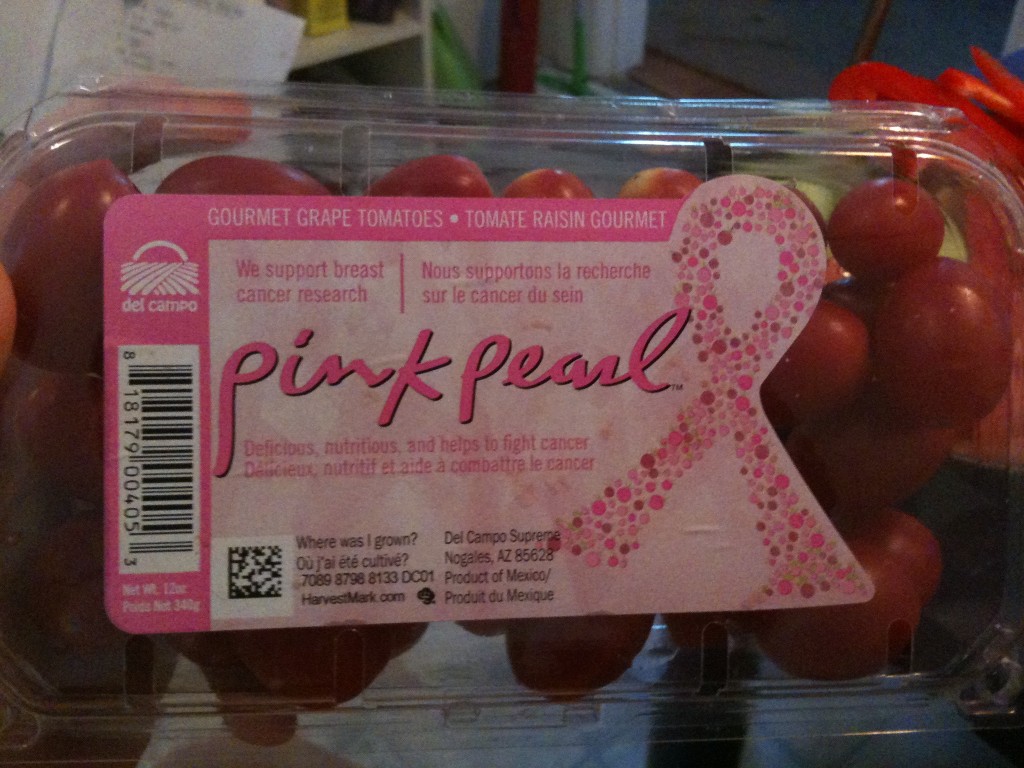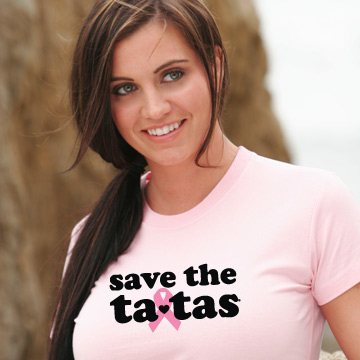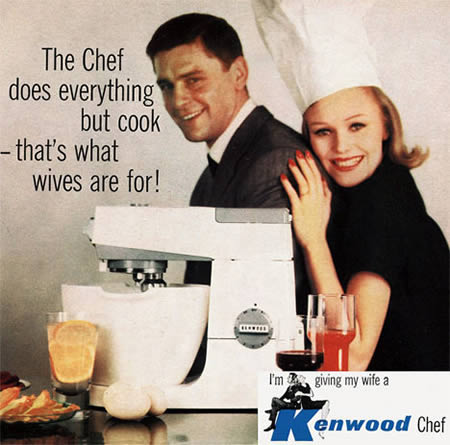Since I’m visiting my family in rural Oklahoma, I decided to post some pictures of dust storms during the 1930s. Almost everyone has seen some of the Dust Bowl-era photos of poor families, of houses covered in blown dirt, and so on, but fewer people have seen photos of actual storms blowing in. All of these are available from Kansas State University’s Wind Erosion Research Unit.
This one is from a storm that was widely considered the worst of all; April 14th, 1935 was referred to as “Black Sunday”:




Most people associate the Dust Bowl with Okies and The Grapes of Wrath. The Joads weren’t Dust Bowl refugees; most Okies were from eastern Oklahoma and lost their farms because they couldn’t pay the mortgages. Only a small part of the Dust Bowl was in Oklahoma, though my great-grandparents and their many children had the good luck to be living in it.
While a bad multi-year drought certainly set the stage for the Dust Bowl, it was really a social disaster, not a natural one. Semi-arid regions had been over-plowed, and no windbreaks were planted to help hold soil in place. And once the dust storms began, many farmers did about the worst thing they could have done: they went and plowed during it. My great-grandpa and his sons would go out with the horses and start plowing as a dust storm came in, hoping they could turn up moister soil from underneath that would be too heavy to blow away. But because of the drought there wasn’t any moist soil to turn up, so all they were doing was breaking up dry dirt, making it even more likely to blow away…and presumably so were thousands of other people. My great-grandma always told me the big joke was that if you had a bucket you could hold it up outside and catch yourself a farm.
Anyway, no huge sociological insight here, just some fascinating and creepy photos and a reminder that things we often refer to as “natural” disasters are either caused by human activity or greatly exacerbated by it.
And I have to drive 30 miles each way to get to the internet, so I’m not able to read comments or add commenter’s interesting links as much as I usually try to do, so be patient for the next couple of weeks.


